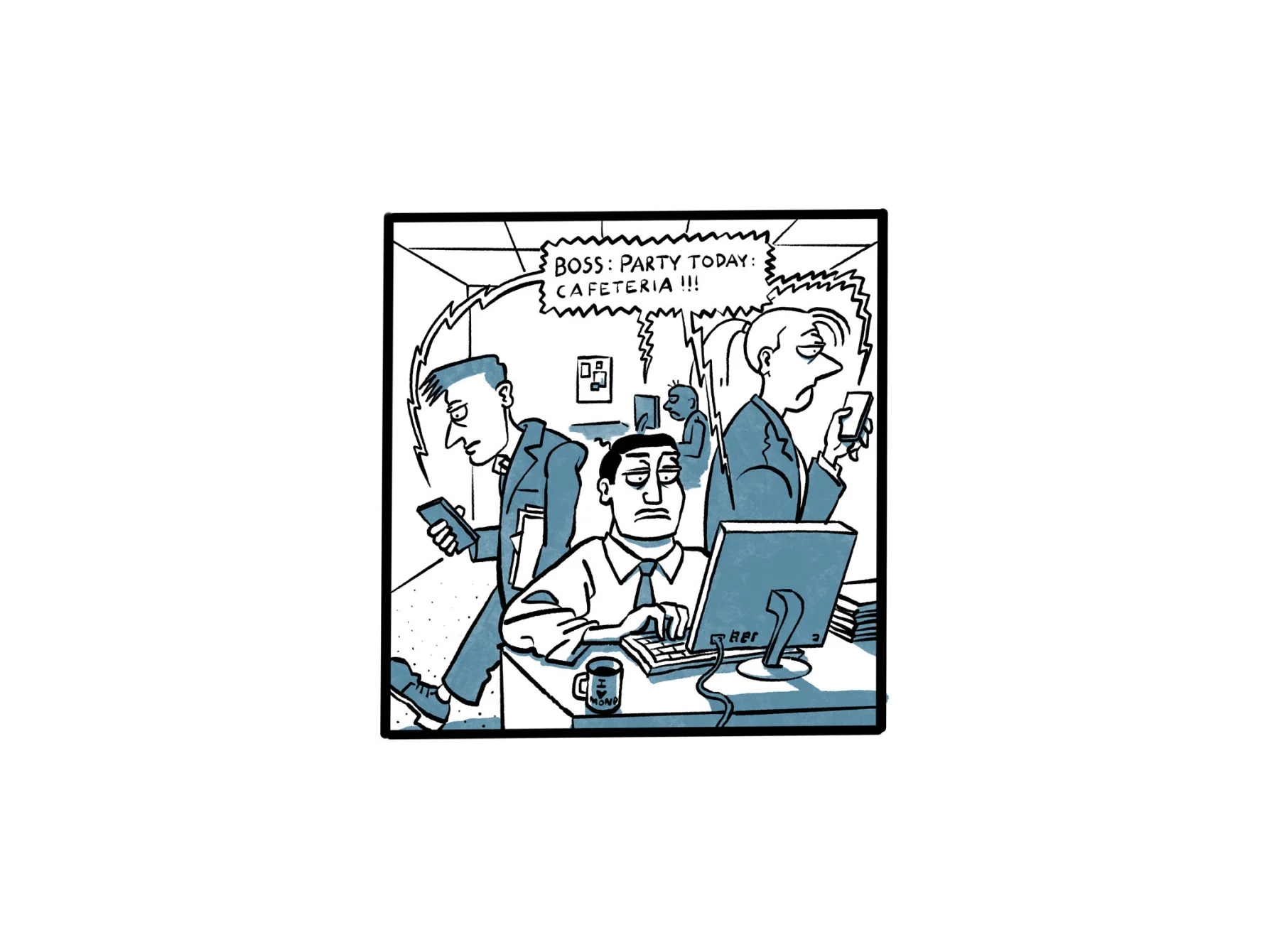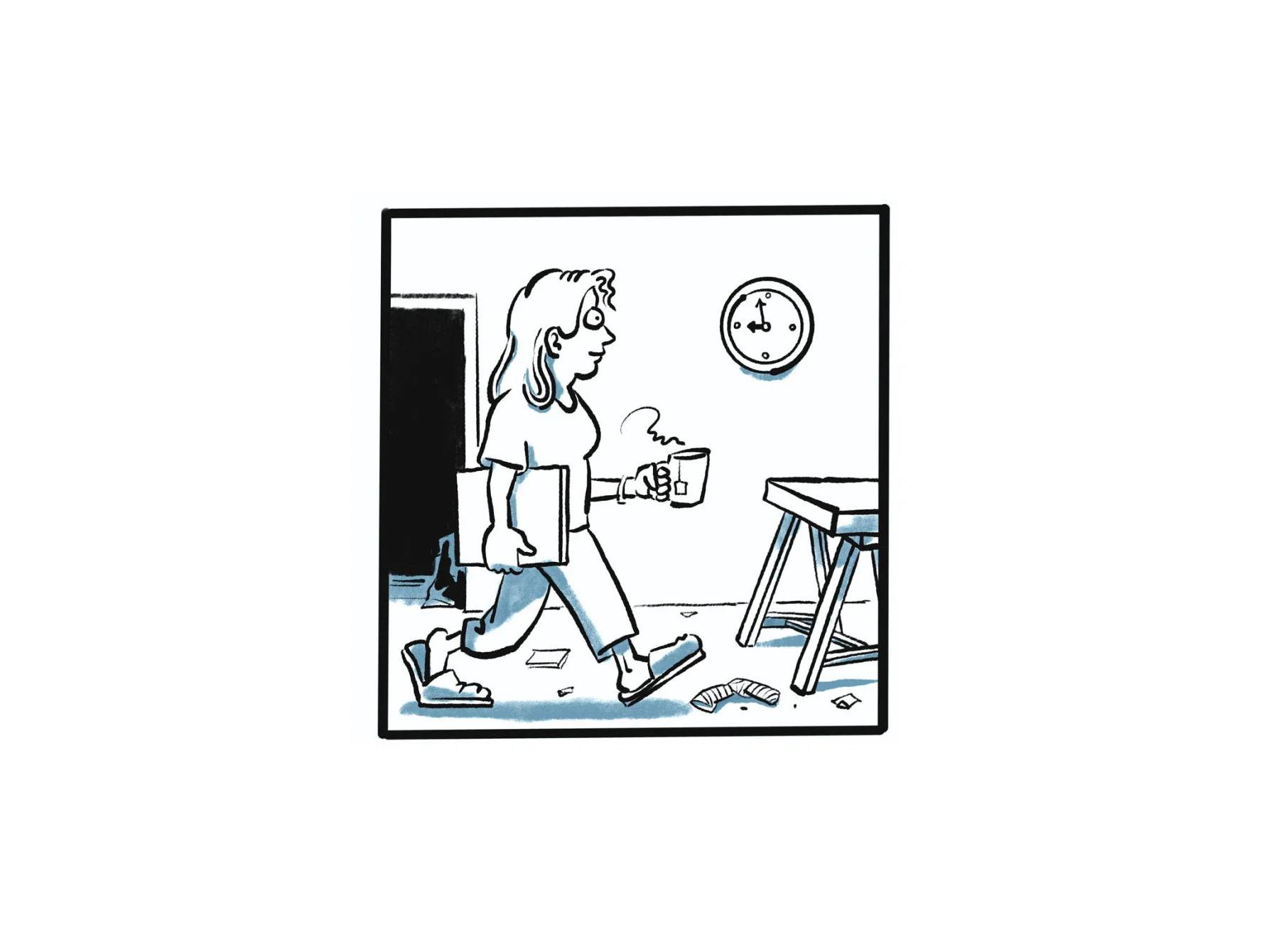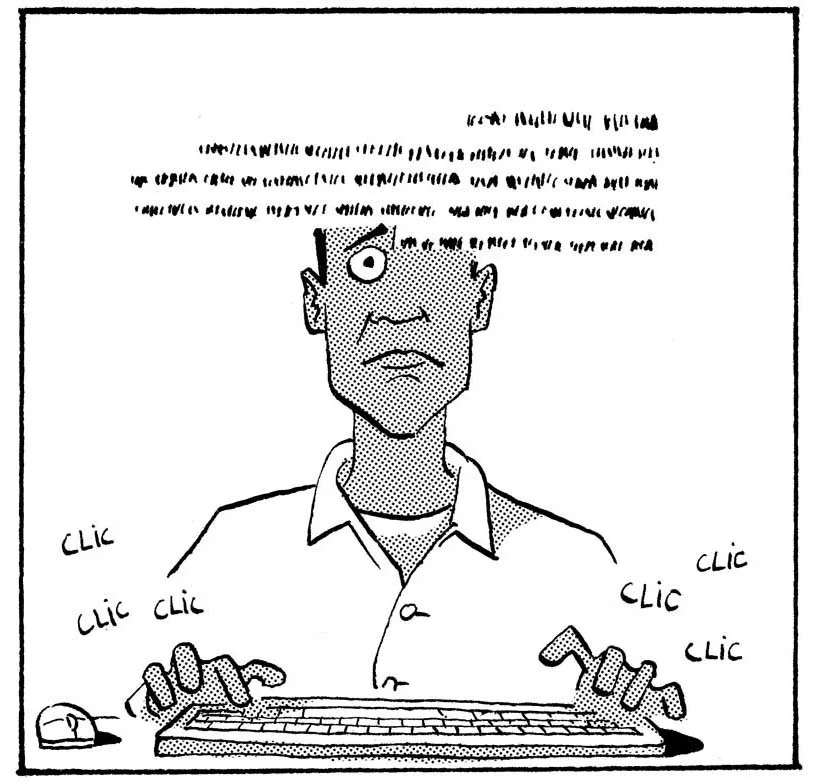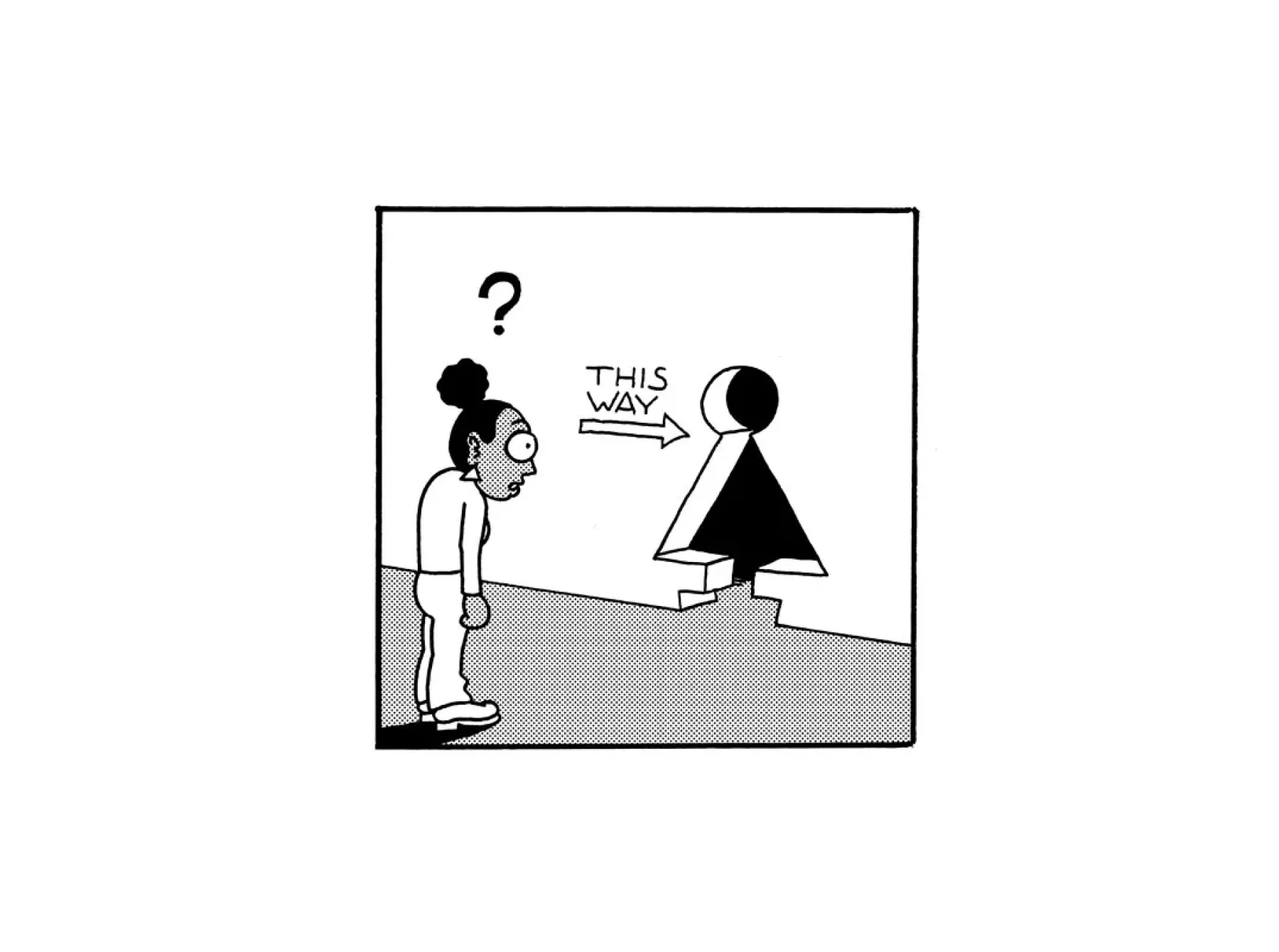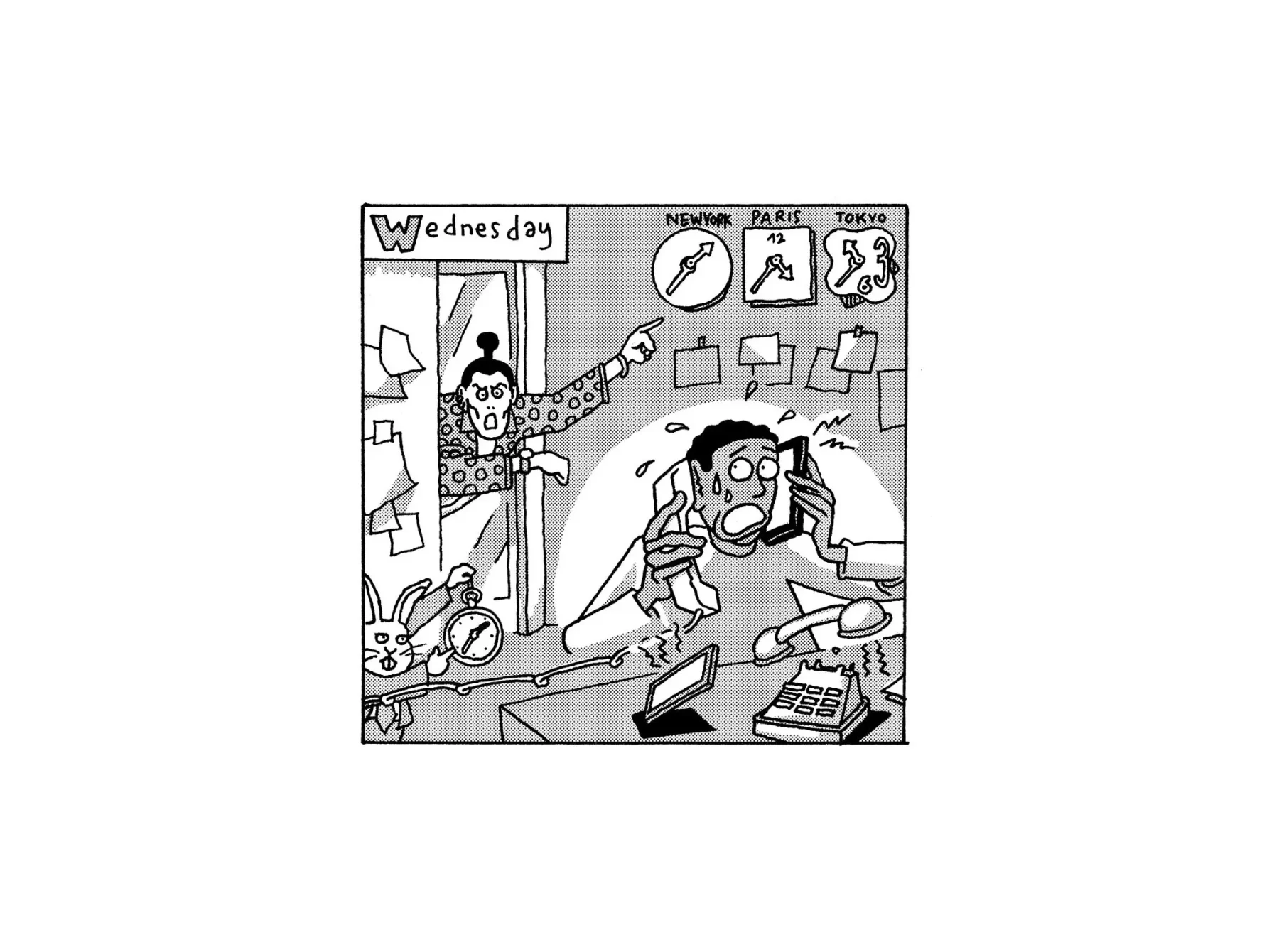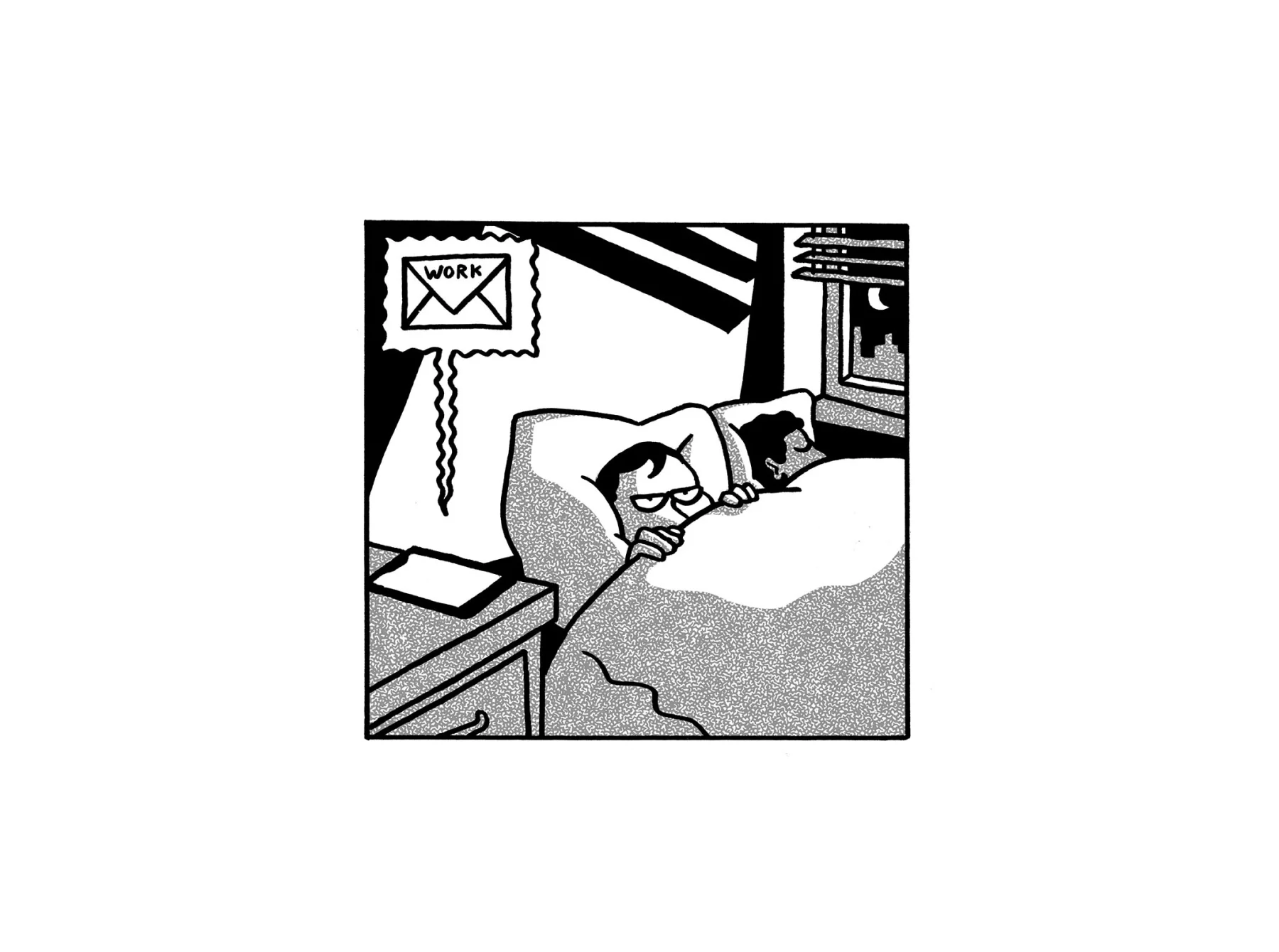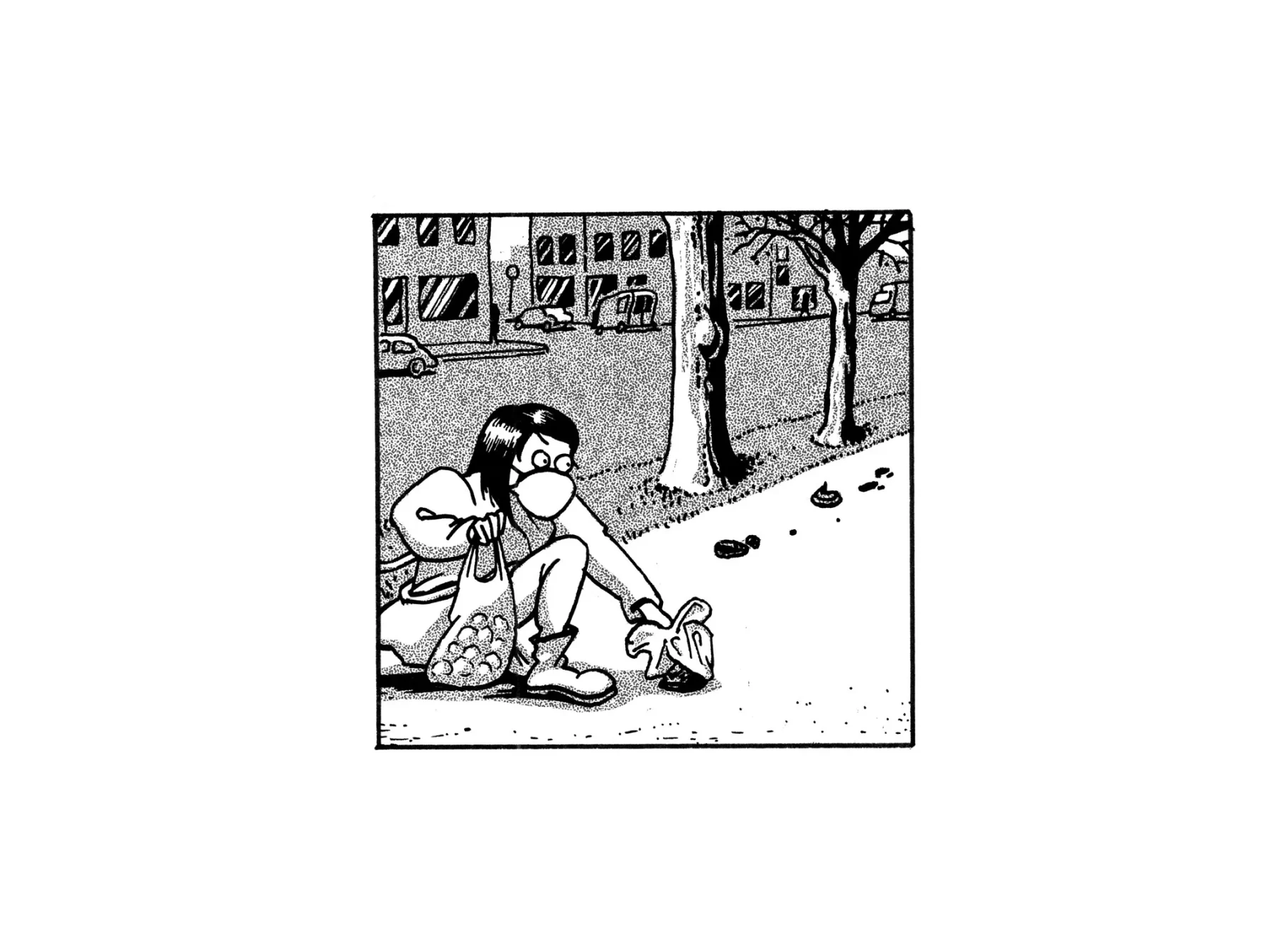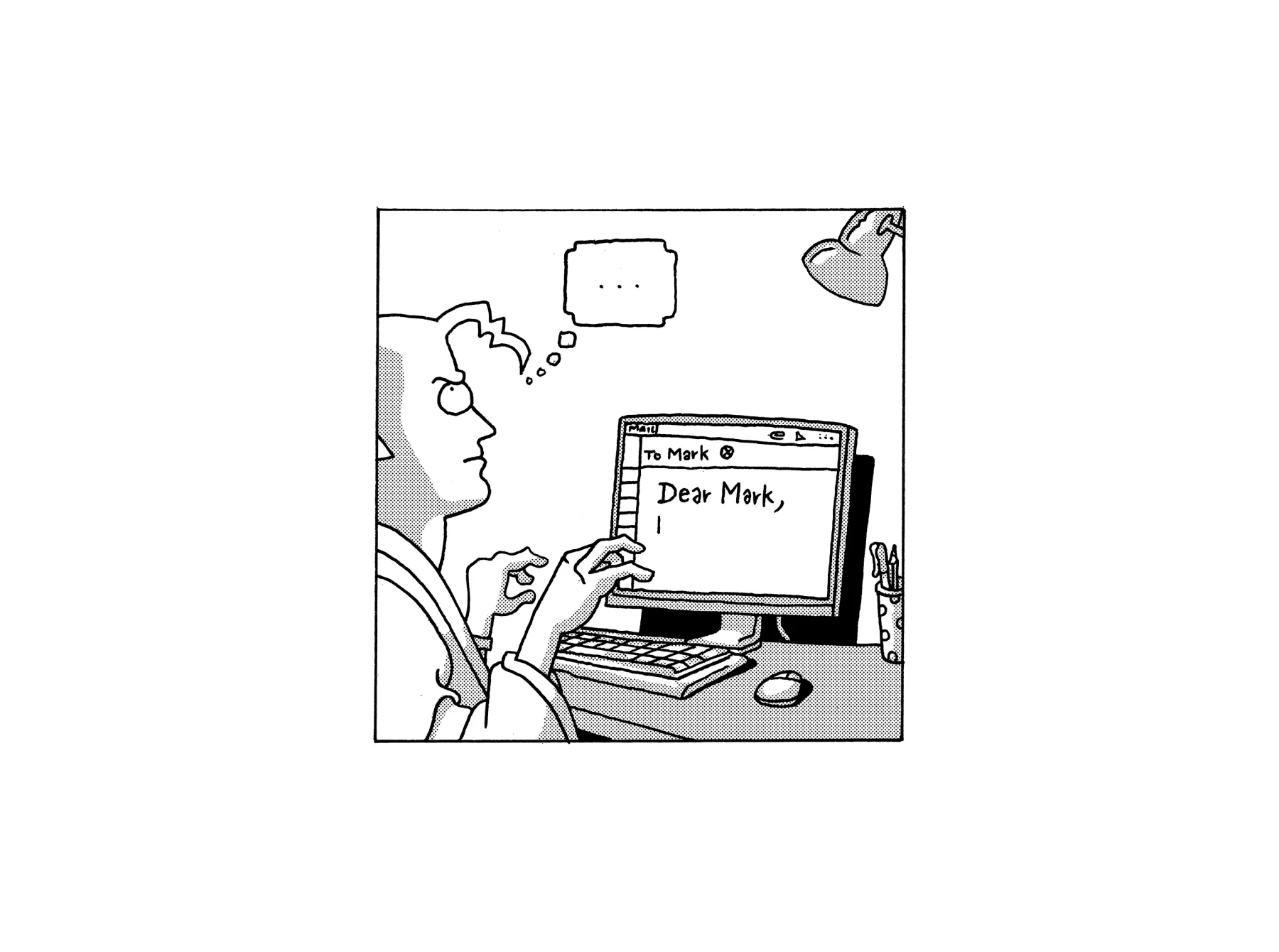
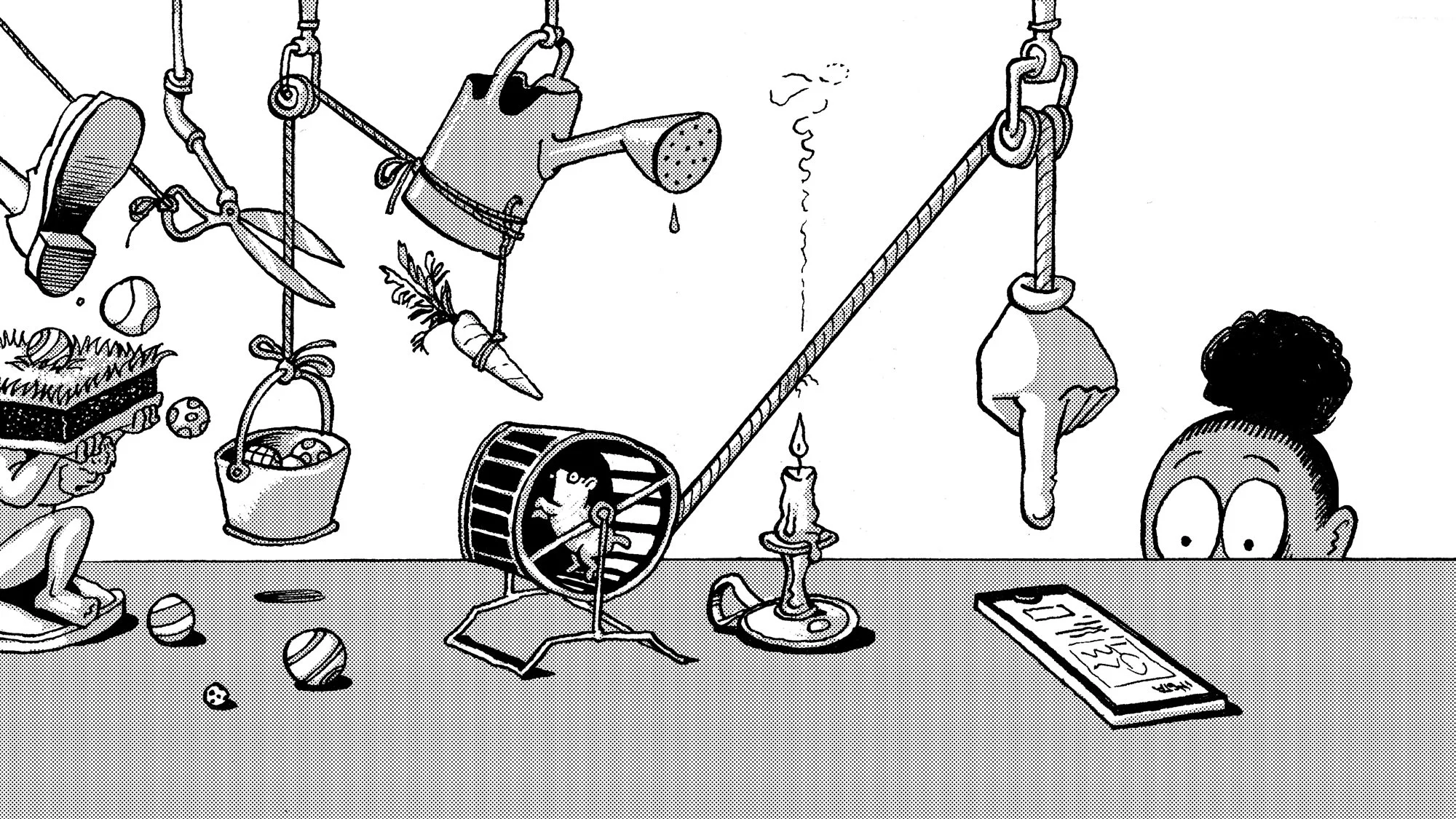
As one of the most respected and sought-after social media strategists in the game (yep, she was the brains behind the irresistible, pithy copy The Cut is famous for), Taylor Roberts will tell you: 75% of her job is posting, and 25% is smoke and mirrors—but that doesn’t mean it doesn’t have to be taken seriously. Here, she breaks down why social media work is real work, and demystifies her approach to making waves online.
Tell them you’re a social media editor, and you can almost see the “Oh, that thing I do? And you get paid for it?” thought forming in their head.
I’ll start with an established truth, something we all know: everyone hates Instagram now. Here’s a less reported insider secret: Instagram hates us back.
For those of you out there who are both lucky enough and smart enough to not work in social media, the reciprocal hate-fest between IG and its users probably isn’t that interesting. Let’s say you make a post (God forbid) and notice you get X amount of likes where normally you would get X+100. You, being well-adjusted, just move on with your day. Maybe soft-complain about it to a friend, but that’s it. I’m here to tell you that for some of us, it’s much much worse.
Working in social media combines the dread of being perceived online with the added fun of needing to afford food to survive. Before we look deeper into that abyss, let’s break down the very powerful and very concerning phrase “working in social media.” The “social media” part is obvious—that’s your posting to Twitter, Instagram and, for some reason, Facebook. It’s the “working” that demands further inspection. What does it mean to work in social media? Everyone I’ve ever told that I do such a thing has never asked a follow up question.
“I work in social media,” I say.
“Oh, cool,” they respond.
And that’s it! No further questions. Social media is not esoteric—it’s a line of work that a majority of people have some personal relationship to and thus are casually familiar with. Tell someone you’re a data analyst they might, for some reason, want to hear more about that. Tell them you’re a social media editor, and you can almost see the “Oh, that thing I do? And you get paid for it?” thought forming in their head. Which, to an extent, is fair. But also: how dare you?
Social media work is, of course, real work, and anyone who tells you it isn’t is just punching down at this point. A lot of hours go into copywriting and content capture; and doing everything in your power to signal to the algorithm that you are alive and have something to share, and that even though there are millions of other people alive right now who also have something to share, your content deserves to be seen more than theirs.

The algorithm is the sun and you’re seducing it, threatening it, and at times downright begging it to shine down on you. Nourish your crops, not your neighbors’.
In an ideal world, attention online wouldn’t be a finite resource. Then again in an ideal world there probably wouldn’t be an “online.” The algorithm is the sun and you’re seducing it, threatening it, and at times downright begging it to shine down on you. Nourish your crops, not your neighbors’.
Every social media manager, editor and fellow is also a creative director, PR firm and snake charmer. It is real work, and it’s not easy. An unforeseen difficulty of this job—perhaps the largest difficulty, actually—is communicating to people who do not work in social media, let’s call them “normal people,” what exactly I do, why I do it, and why it works.
Which brings me, finally, to the reason I’m writing this—the reason I wake up every morning, and the reason my weekly screen time rivals that of a billboard in Times Square.
I’m going to post. More often, the phrase is “I’m JUST going to post.”
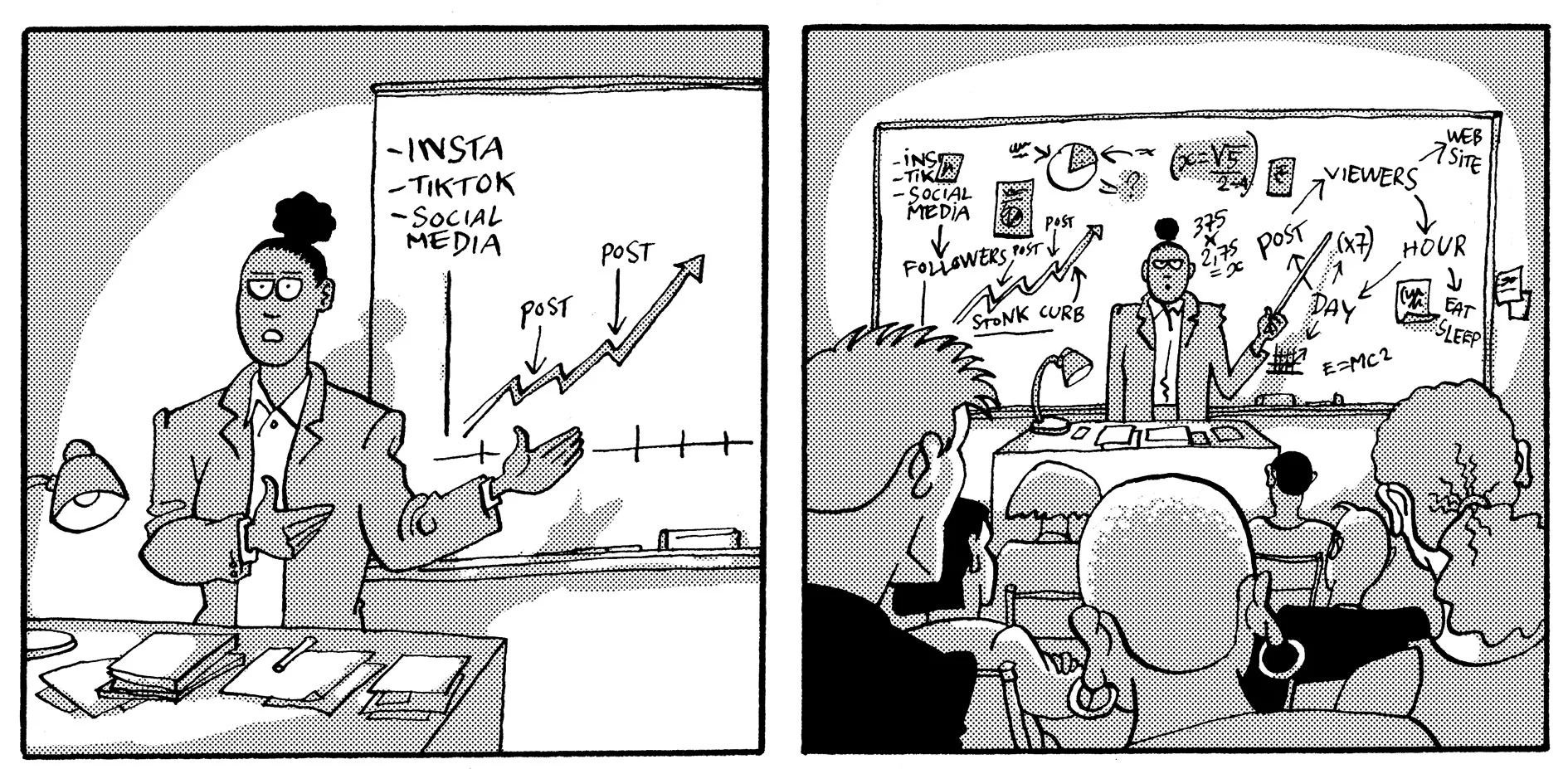
For me, the strategy is and is always going to be the following: I am going to post. I am just going to post.
I’d say 75% of my job is my job—the posting to Twitter, Instagram, for some reason Facebook, and increasingly TikTok. The work of distilling the vastly different works of vastly different creatives into one cohesive and attractive online voice is one thing. One massive thing, but one thing that’s ultimately manageable.
The remaining 25% is set dressing—using as much jargon, smoke, and mirrors to explain why something did or did not do well. In fact, explaining what it even means to “do well” is a treacherous and necessary start. It’s a language understood by few, not that I blame those not in the know. No one should know a lot about social media. However, being a social media manager for two mostly online publications, allow me to list for you my least favorite questions from those on the outside:
Why didn’t this perform better?
Why did this flop? (Or “bomb” for the over-50s)
Did [insert someone who does not have to weigh in on this] weigh in on this?
What’s the strategy?
That last one? A jailable offense. Allow me to briefly over-inflate the importance of my job. Would you, the passenger, ask the pilot for the strategy? No. You understand that the plan is to take off, fly and land. Would you, the critic, ask the painter for the strategy? No. You’d just look at what’s presented and critique as you wish. Would you, the patient, ask the surgeon for the strategy? In fairness, maybe. But you’d be asking from a “What’s up,doc?” position, not as someone who needs to deeply understand the step-by-step of complex surgery. None of these life-saving professionals—pilots, artists, surgeons, and social media managers (indulge me)—need to provide strategies to laypeople.

For me, the strategy is and is always going to be the following: I am going to post. I am just going to post.
Now, between you, me and your web browser of choice, of course there is a strategy—the day to post, at what time, the right leading image, the caption (god, the CAPTION). Where do we place it online? Which demographics do we seed it to? Do we put pay behind it? Can it fit in a tweet? Did the link unfurl? Will this upset people? What do we say on Stories? (Again, lifesaving work.)
But rather than “What is the strategy?” the question should be “Is there a strategy?” And yes, there is. No further questions. Only no, there are always further questions.
Thus we embark on the tedious task of explaining said strategy. Here’s the “jargon” part I mentioned earlier. While the phrase “I’m going to post” is completely true and an all encompassing statement, it’s rarely ever enough for people. The set dressing comes from taking such a simple sentence and turning into a monster like this one:
“A strategy? Why of course there is a strategy. We’re going to launch the content at the exact moment we enter our prime window in which we garner optimal attention. We’ll use the following language for a multi-platform CTA and use the organic UGC to increase return rate of follower to customer conversions, thus better optimizing growth in all areas across all platforms. From there we’ll parallel-path wider audience discussions across all platforms, creating a 360 model in which our Instagram post boosts engagement on our Twitter, all of which we’ll repurpose for our TikTok.”
Isn’t that just the worst? Did you enjoy reading any of that? Imagine how I felt writing it, how I feel saying it in meetings and over emails. I no longer work at publications that require such effort, praise be. And as disgusting as it sounds, I do love working in social media. Thankfully, I get to do so in an environment of people more willing to trust the process. If you take anything from all of this, never ask your surgeons any questions, and if you’re ever hit with “I’m just going to post,” believe it.






